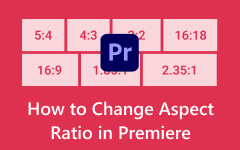Adjusting the video aspect ratio to 16:9 guarantees that it will fit into most contemporary screens such as TVs, Monitors, or streaming services. That is the standard for video aficionados around the globe because it is optimal for viewport usability, whether it be for entertainment, gaming, or business purposes. If you are bothered with black bars, distortion, or cropping problems while uploading to different platforms, 16:9 is the resolution that fixes any aspect ratio issues. In this tutorial, we cover all the needed details regarding the 16:9 ratio, compare it to others, and explain the simple steps required to convert videos to the desired ratio within no time at all.

Part 1. What Is 16:9 Aspect Ratio
The 16:9 aspect ratio is a widescreen format in which an image or display has 16 units of width as opposed to 9 units of height. Each 16 pixels (or units of measurement like inches or centimeters, for example) of width has nine corresponding pixels (or other units) in height.
Definition & Calculation
To check if a certain resolution follows the 16:9 aspect ratio, divide the width by the height.
Width / Height = 1.78
If the value comes out to approximately 1.78, it can be concluded that the resolution is in sync with the 16:9 standard. A width of 1.78 times higher than the height helps make the widescreen format compatible with the consumption of media, gaming, and other professional tasks.
Some of the most common 16:9 resolutions used for digital displays and in media production are:
- HD (1280×720), used in older HDTVs, low-budget laptops, and for online video streaming.
- Full HD (1920×1080), which is the standard for modern TVs, PC monitors, and YouTube videos.
- 2K (2560×1440), which is used in high-resolution monitors, gaming, and professional displays.
- 4K UHD (3840×2160) found in premium smart TVs, advanced gaming consoles, and high-end content creation.
- 8K UHD (7680×4320), which is the most recent ultra-high-definition format used in new smart TVs, filmmaking, and display technology.
Where Is 16:9 Used?
This ratio is commonly seen in many areas of life, such as:
1. Television & Streaming: Netflix and YouTube, together with new TVs, use 16:9 as the default ratio.
2. Computer Displays & Laptops: Most computer monitors and laptop screens have 16:9 resolution for broader use.
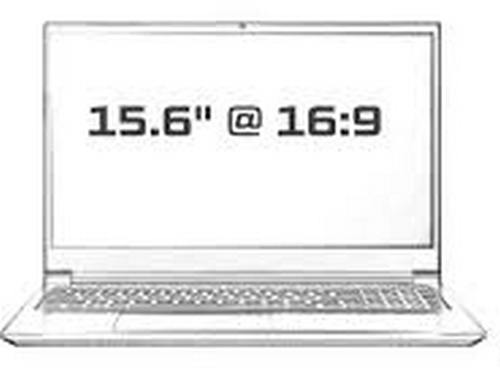
3. Video Production & Gaming: Content like movies, YouTube videos, and video games are finished in this ratio since 16:9 is standardized for HDTV and other digital platforms.
4. Smartphones & Tablets: Phones and tablet devices have many ratios, but for watching videos, 16:9 stays common.
5. Presentation Slides (PowerPoint, Google Slides): 16:9 is mainly used in business and educational presentations to improve understanding when utilizing widescreen monitors.
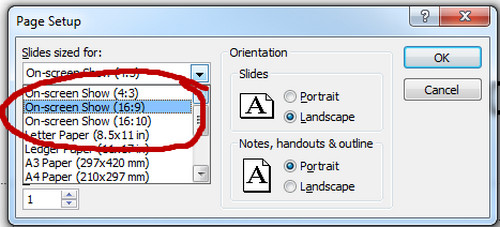
Brief History of 16:9
- Pre-2000s: CRT TVs used to have 4:3, which was the standard.
- The 1980s-1990s: 16:9 and 2.35:1 widescreen formats were the industry standard for movie production.
- 1990s: With the introduction of HDTV, 16:9 became the standard ratio.
- 2000s-Present: Global standard replaced 4:3 with 16:9 for operating systems, televisions, Online TVs and video platforms, monitors, and laptops.
Part 2. How to Create or Convert Video to 16:9 Aspect Ratio
Tipard Video Converter Ultimate is a powerful all-in-one video conversion and editing software that allows users to convert, edit, and enhance videos with ease. Whether you want to convert videos to a 16:9 aspect ratio, resize your footage for social media, or create engaging video slideshows, Tipard provides a range of tools to optimize your content.
- Resize videos to 16:9, 4:3, 21:9, 1:1, and 9:16 with high precision.
- Optimize videos for YouTube, Instagram, TikTok, Facebook, and more.
- Merge multiple videos and photos into a custom slideshow with themes, transitions, and more.
- Cut long videos into smaller clips while preserving quality.
- Add watermarks, subtitles, and background music to your videos.

Step 1Download and Launch Tipard Video Converter Ultimate
To begin, install and open Tipard Video Converter Ultimate on your Windows or Mac device. When the download finishes, open the application to view the primary interface.
Step 2Import Video Files
Subsequently, import a video(s) into the application by clicking the Add Files button. Alternatively, you may import files by dragging and dropping them into the workspace for a simpler and faster method.
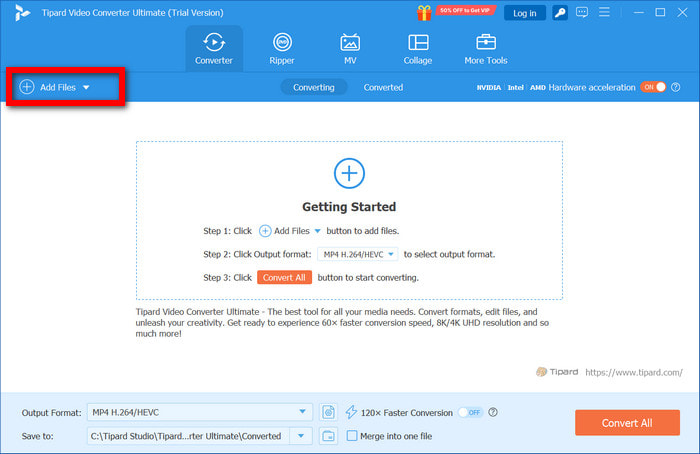
Step 3Modify the Aspect Ratio to 16:9
When your video is uploaded, edit it by selecting it and clicking the Edit button after. Proceed to Rotate & Crop, where you will find different aspect ratio options. Select 16:9 as a preset option and adjust the framing to cut off as little vital information as possible.
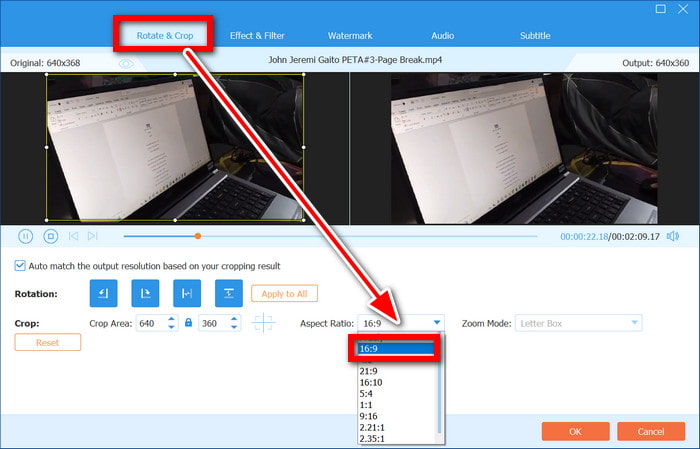
Step 4Set Export Parameters and Select an Output Format
After modifying the aspect ratio, proceed to the output format selection. In the Output Format tab, select among commonly used formats such as MP4, MOV, AVI, etc. In addition, other options such as resolution, frame rate, and bitrate can be adjusted for better video quality.
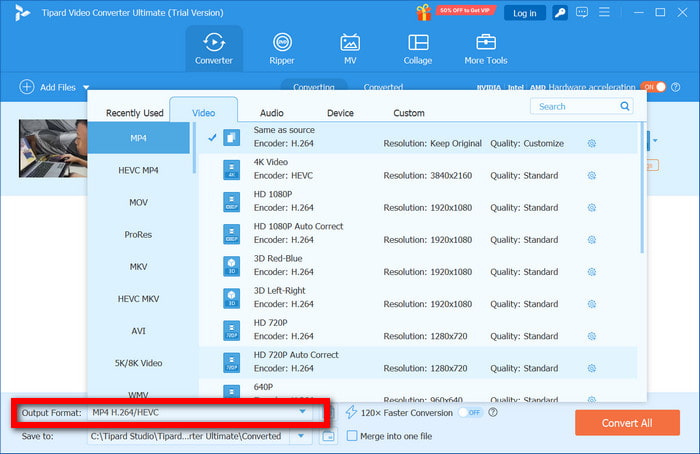
Step 5Export the Video
Finally, once all settings are configured, click the Convert All button to begin processing. The software will efficiently convert your video to the new 16:9 aspect ratio. After the conversion is complete, navigate to the output folder to access your newly formatted video, ready for viewing or sharing.
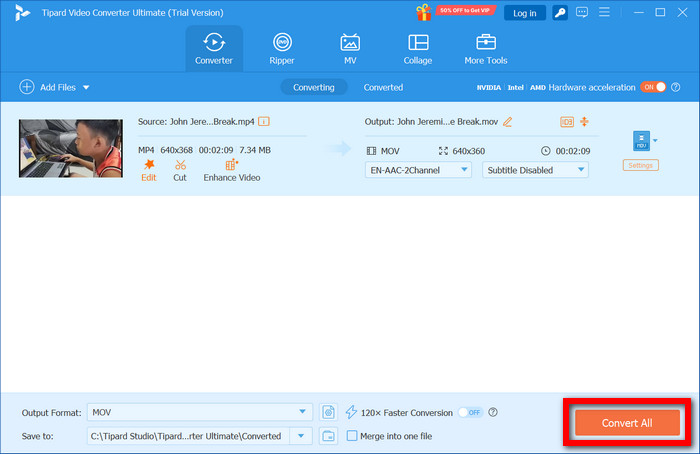
Part 3. 16:9 VS. Other Video Aspect Ratios
| Aspect Ratio | Common Resolutions | Best For | Advantages | Disadvantages |
|---|---|---|---|---|
| 16:9 (Widescreen Standard) | 1920×1080, 3840×2160 | TV, streaming, gaming, presentations | Industry-standard, widely compatible, ideal for most content | Less cinematic than ultrawide formats, but an aspect ratio changer can help adjust videos for a better viewing experience. |
| 4:3 (Classic TV & Retro Format) | 1024×768, 1600×1200 | Older TV shows, retro gaming, CCTV | Classic aesthetic, good for older content | Looks outdated, black bars on modern screens |
| 21:9 (Ultrawide Cinematic) | 2560×1080, 3440×1440 | Movies, gaming, ultrawide monitors | Immersive experience, ideal for cinema and multitasking | Limited content support, black bars on standard displays |
| 1:1 (Square Format) | 1080×1080, 2048×2048 | Instagram, social media ads | Ideal for mobile viewing, with equal focus on all sides | Not suitable for widescreen displays |
| 9:16 (Vertical Video) | 1080×1920, 1440×2560 | TikTok, Instagram Reels, mobile video | Optimized for smartphone users, increasing popularity | Poor experience on widescreen displays |
| Show MoreShow Less | ||||
Key Takeaways:
- 16:9 is the most versatile and widely used format for video content.
- 4:3 is mainly for older media and specific applications like CCTV.
- 21:9 provides an immersive cinematic experience but lacks universal support.
- 1:1 works well for social media, but the Blu-ray DVD aspect ratio is more suitable for traditional video formats and widescreen playback.
- 9:16 is optimized for mobile-first platforms but does not translate well to TVs or monitors.
Conclusion
The 16:9 video ratio is the industry standard for widescreen content, ensuring optimal compatibility across devices. Whether you are converting, editing, or creating videos, maintaining this aspect ratio enhances viewing experiences. Use Tipard Video Converter Ultimate to achieve high-quality 16:9 formatting quickly.



